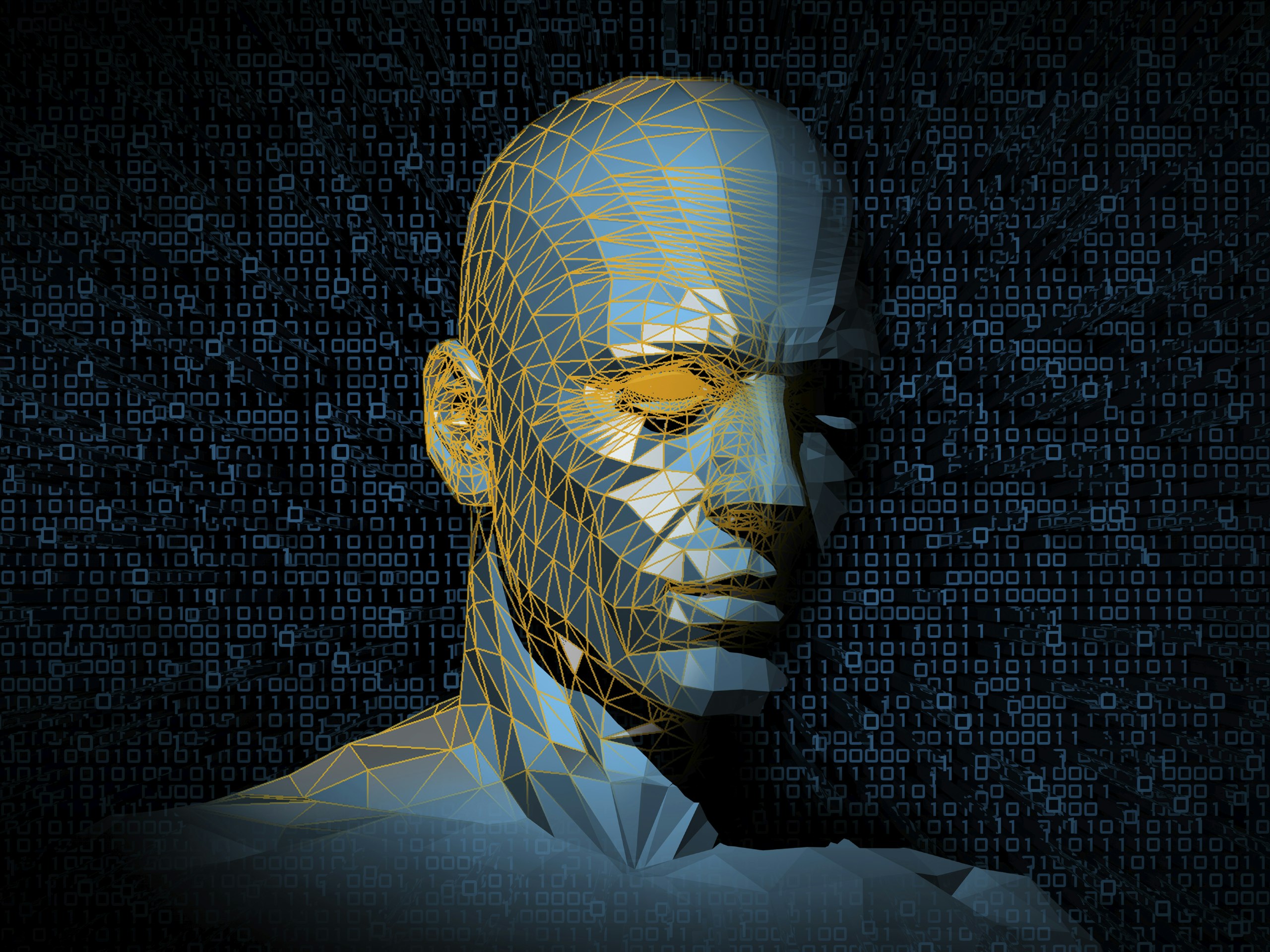5 Areas of Innovation for the Post-PC World

The mid-1960’s to mid-1970’s delivered massive advancements to the technology world: Moore’s Law, the microprocessor, the mouse, Ethernet, UNIX, ARPANET, TCP/IP and the microcomputer, among others. Microsoft was founded at the end of this period in 1975, and Apple one year later. Much like the first mass-market video game, PONG, that was released in 1972, these developments initiated a back-and-forth virtuous cycle of hardware and software development that carries to the present day.
"The innovation cycle generally follows a familiar pattern."
New hardware technologies spawn new physical devices (e.g. the PC). New devices spawn intelligent software systems to handle tasks (e.g. Microsoft Windows). New software applications deliver tangible contributions to the daily lives of consumers and enterprises (e.g. MS Outlook, Oracle databases, Google search, Amazon.com). The next wave of hardware technologies develops on the back of the existing ecosystem, and so on. Looking back, the PC revolution generated billions of dollars of shareholder value for a hardware ecosystem that today seems pedestrian: the mouse (Logitech), processors (Intel), graphics chips (Nvidia), printers (HP), external data storage (Iomega), manufacturing services (Flextronics) and floppy disks (Sony) to name a few.
The cycle has begun anew with Internet of Things (“IoT”) and connected devices, which experts estimate to reach over 30 billion by 2020 and over 75 billion by 2025. As a result, a tectonic shift is underway in hardware and software platforms that will support this next wave of innovation. These disruptions will create significant value for technology private equity and venture capital (VCPE) firms.
Since we are at the beginning of the cycle, hardware naturally plays a central role in the ecosystem. Below are five areas, four of which are hardware-related, where we expect foundational changes to take place within the coming years that positions each sector to become a new multi-billion dollar market:
1. Next Generation Power: Mobile devices need power, lots of it. And the way that power is delivered and stored for devices is changing dramatically. Navitas, based in Los Angeles, has developed breakthrough technology based on Gallium Nitride that improves by 10X the energy transfer of wall-chargers for mobile devices such as cell phones. Berkeley-based Lion Semiconductor places its power management chip inside the mobile device to offer 2x faster charging and lower heat dissipation for devices.
2. Next Generation Processing: With new categories of IoT devices such as augmented reality, virtual reality, precision robotics and intelligent cameras, new demands are placed on processors to create a live, visual image of the world and react in real-time. Israel-based Mobileye and Ireland-based Movidius are engaged in building microprocessors for IoT, the former for the automotive industry and the latter for smaller mobile devices such as consumer drones. Not surprisingly, both companies were recently acquired by Intel, the inventor of the PC microprocessor 40 years ago that is building and buying its way towards continued dominance as the brain of devices large and small.
3. Next Generation Sensors: Beyond vision, IoT devices need to better understand their surroundings and that creates markets for new sensor technologies that precisely measure everything from location to time to temperature to proximity. Ireland-based Decawave has built an innovative real-time indoor positioning chip that allows devices to know their location without the use of satellite-based GPS, while Berkeley-based Chirp Micro has developed tiny ultra-low cost and low power ultrasound sensors that measure positioning to less than one millimeter.
4. Next Generation Data Capture & Storage: The natural byproduct of devices that “see” through a network of cameras and sensors is a constant stream of data and volumes of it to be stored. Palo Alto-based Striim enables enterprises to stream and analyze IoT data in real-time, while Santa Clara-based Hedvig offers an innovative new storage architecture to efficiently and economically store and manage large pools of data.
5. Artificial Intelligence: The sum total of these advances provides the foundation for artificial intelligence. While AI is one of technology’s most over-hyped sectors, this market provides tremendous promise as the machines of the future – from cars to robots to drones to watches – permeate our lives and require basic intelligence to perform tasks and interact with the world. UK-based Prowler developed AI algorithms to mimic human behavior, and their systems are used in industries ranging from video game testing to smart city administration. Meanwhile, Pilot.AI has focused its AI technology on cameras to enable real-time visual analytics across consumer retail, consumer IoT and enterprise physical security.
Outside of AI, most VCPE firms from around the world – except for China– are reluctant to invest in the hardware ecosystem, having shed their hardware-focused investment partners over the past decade when software and Internet ruled the investment landscape. We are at ground zero of the next technology wave, it’s the mid-1960’s again. The lessons of history are clear: a multi-decade innovation cycle is beginning now, starting with fundamental advances in hardware technology, that will change how we interact with each other, perceive reality and connect with the world.

